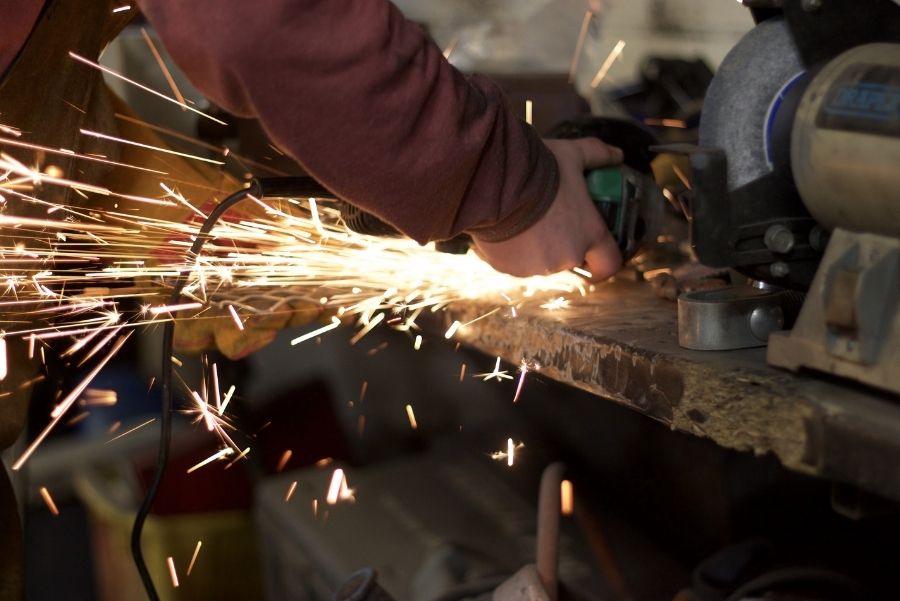Where do metallic hinges for doors, raillery for staircases, a deep freezer for a restaurant or a jumbo 747 come from? Metal fabrication experts come to the rescue when it comes to such things. This field is all about using raw materials in the form of metallic sheets to create a product that looks good and functions well in the end. Metal fabrication lies at the heart of the industry. Industrial civilization relies upon it for everything it is known for. The same beams and rafters of science and technology are built in this way.
Different techniques go on to result in a variety of products. Metal fabrication workshops have a plethora of tools. These include in their purview: cutting, punching, imprinting, moulding, heat application and coating tools.
The steps that are taken in metal fabrication are:
- Design Work: Gone are the days of manually drawn blueprints. CAD and AutoCAD, not to mention other software such as Solidworks, are employed to get crystal transparent design papers. The complicated nature of the objects demands such a level of finesse. Here it is not merely a matter of appearances. Sometimes models have to be built beforehand. For many items, a rough replica or pre-production prototype is made before proceeding to the real thing. Since this is the first step, to get it right is a must.
- Cutting Edges: Metallic surfaces are cut in sync with the plan at hand. Lasers, shears and water jets are used to get this task accomplished. The error margin is minimal, so care is the word here. It comes under the heading of building the desired object. Quality control also is taken care of in this phase. Each kind of metal requires its handling—the size and tensile strength matter too. The more precise the design, the more lasers are used.
- Feature Formation: How the metal sheets dovetail into each other, and their moulding, imprinting, extraction and machining all enter the equation at this stage. Many occasions require molten metal to be fitted into a mould. Besides this casting, many other procedures are too many to be mentioned here.
- Part Assembly: To give the right shape to the various parts by attaching them comes next. The pieces are stood upright using clamps, and then they are welded with each other. Besides welding, bonds, rivets and screws can be used as well.
- Finishing Touches: A coating is given to the finished object to help keep it safe from rust or wear and tear elements. This coating could include various hues of paint, glazed varnish or tinted powders. Also, the burnishing of each part is a necessity. It may consist of grit blasting, and it allows the surface to become suitable to be painted upon.
- Intricate Installation: While many parts do not need to be fitted anywhere, many do. Large scale fancy products need an infrastructure to support them. Here the engineers, welding experts and fitters enter to save the day. This stage can be covered with relative stability. The company which made the product installs typically it as well. So there are no glitches along the way.
- Maintenance: Many metallic fabrication companies like the one located next to Bathroom Renovations Wollongong offer this post-job service. It comes with the territory. Since wear and tear are constant, such a necessity also exists. Keeping the products in tiptop condition is the duty of a metal fabrication company with a society’s reputation.
